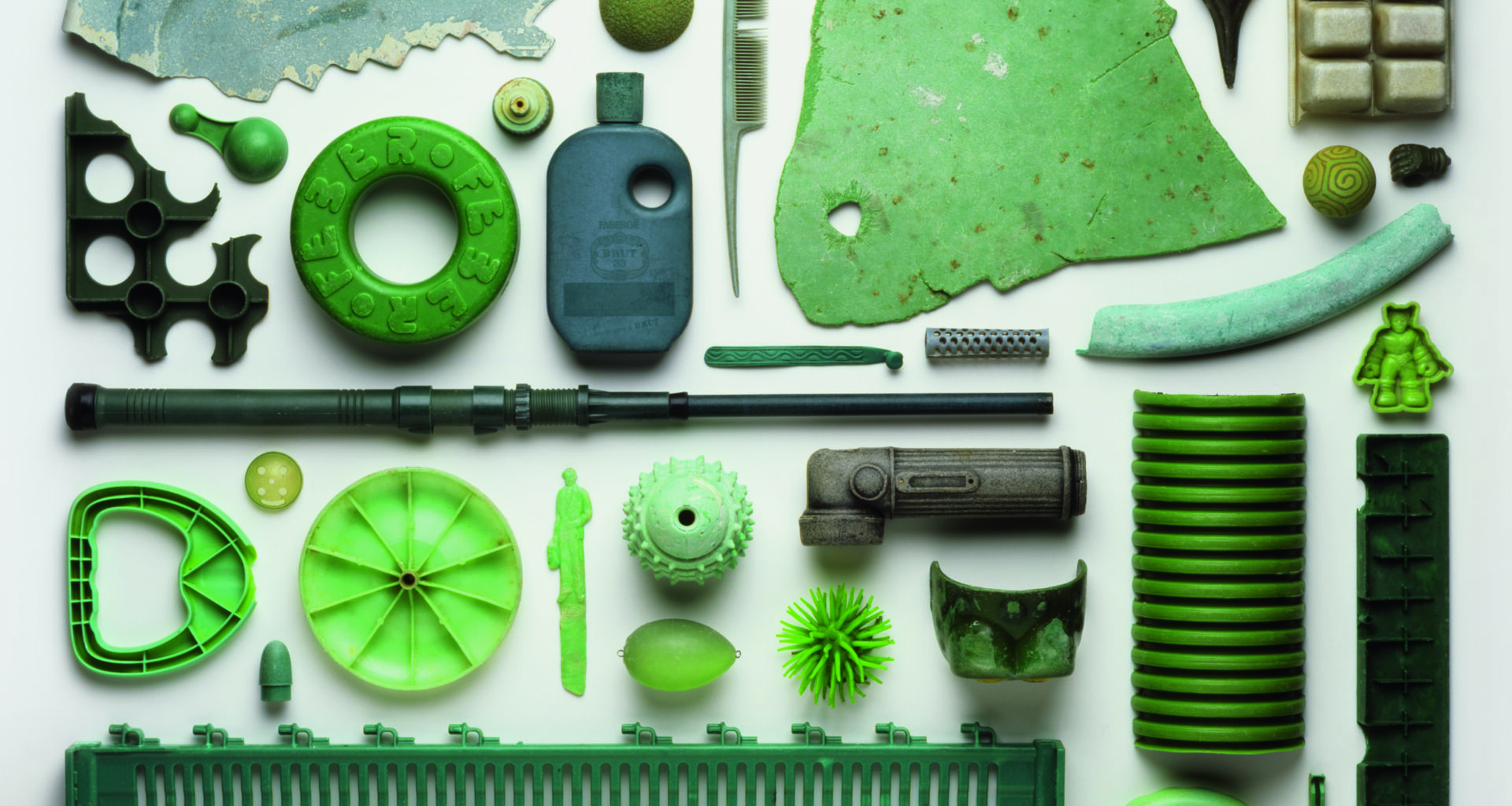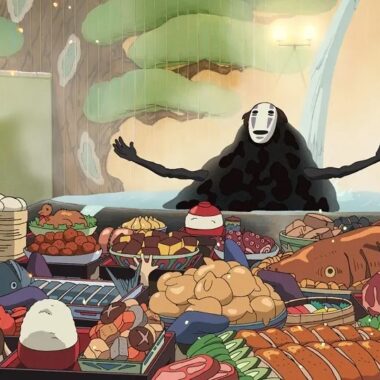Microplastic pollution expert Dr Sherri A. Mason talks to The Common Table about the pervasive presence of tiny plastic particles within the planet’s ecosystems and why we are being encouraged to keep adding more, not less, of them to our food and soils.
The Common Table: In 2024, after 15 years of deliberation, a committee of experts voted that there was insufficient evidence that the Earth had entered a new geological era – the Anthropocene. Given the pervasiveness of plastic pollution on the planet and the ubiquity of microplastics, do you think they were too hasty in their conclusion?
Sherri A. Mason: I do think that they were too hasty in their conclusion. We certainly have enough evidence to indicate that plastics are so pervasive across all environmental matrices on the planet that, if you think of future generations digging into the past the way we look at Ancient Egyptian ruins and other past civilisations, there would be a significant demarcation.
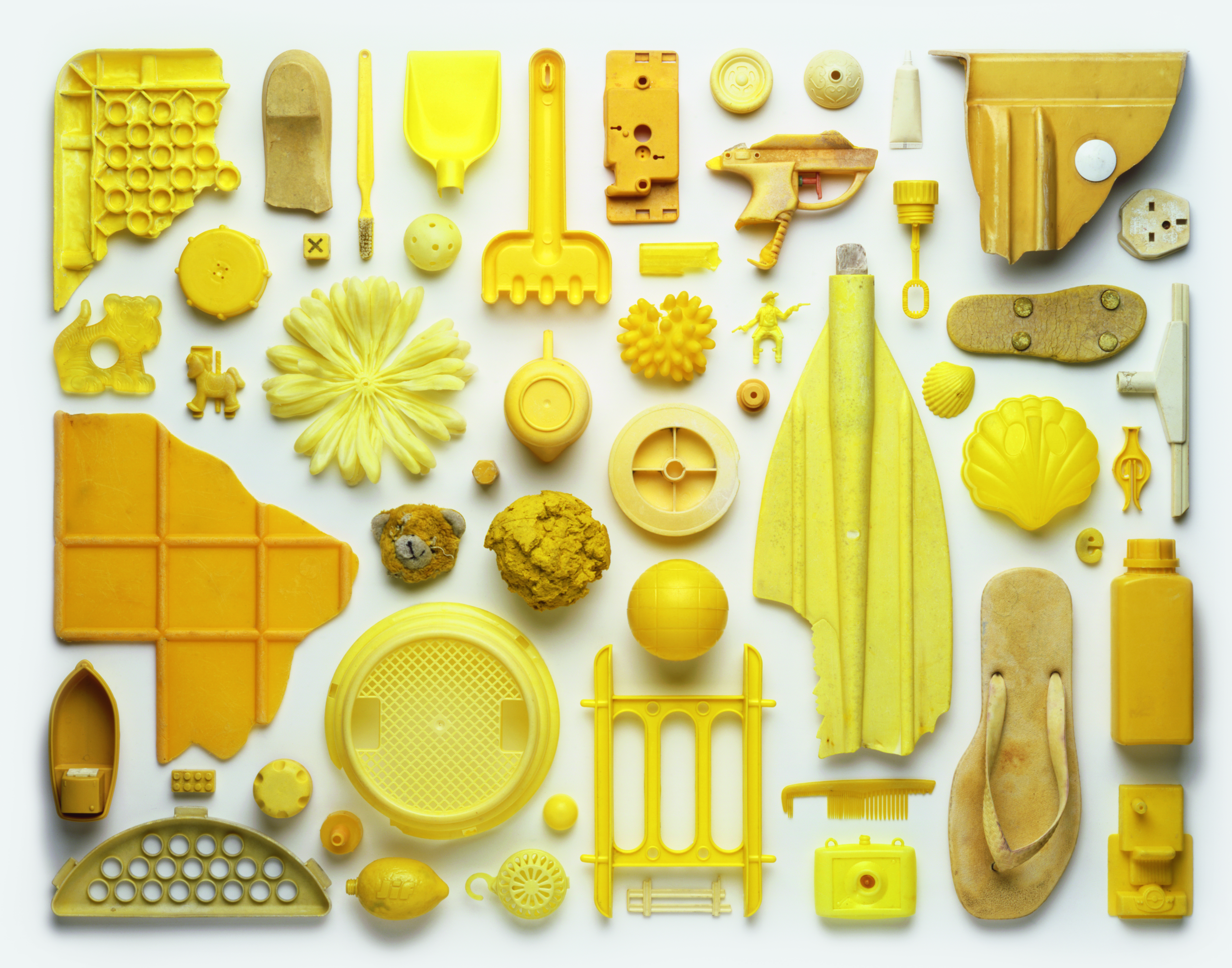
Just digging into a landfill, you would see a significant change from the 1950s to the ‘70s and ‘90s. Over the course of my lifetime, we’ve seen a significant rise in the pervasiveness of plastics in society, and as a consequence, their pervasiveness within the external environment and within our refuse.
The idea of the Anthropocene is that of a human-influenced geological era, which is what is happening. Any organism that lives on the surface of this planet is going to have an impact. We all have waste. And all organisms affect other creatures because of predator-prey and symbiotic relationships, and so on. But what we have seen, since the dawn of the 20th century, is the massive impact of humans upon the planet, and plastics are one prime feature of that.
The Common Table: How embedded are microplastics in the food system?
Sherri A. Mason: Exceedingly embedded. Let’s just start from the fact that the agricultural system has developed in such a way that it is intricately linked to plastics. Hay bales, for example, are wrapped in plastic, as opposed to twine, as they were in the past, and this then makes its way into the soil. Another example is that some agricultural plastics are marketed in a way that tells farmers they can cover their land with them to get rid of weeds and then just mulch it into the ground afterwards. Additionally, fertilisers and other synthetic chemicals are now being encased within plastic, so that as the plastic breaks apart, it releases these synthetic chemicals slowly into the ground.
Fertilisers and other synthetic chemicals are now being encased within plastic; as it breaks apart, it releases these synthetic chemicals slowly into the ground.
The problem with all of this is that plastics don’t biodegrade. They just break into ever smaller pieces. As they break into small microplastics and even smaller nanoplastics, they’re able to make their way across the root structure and into the plants, which are then ingested by us, or by cows or other organisms and become part of the food system.
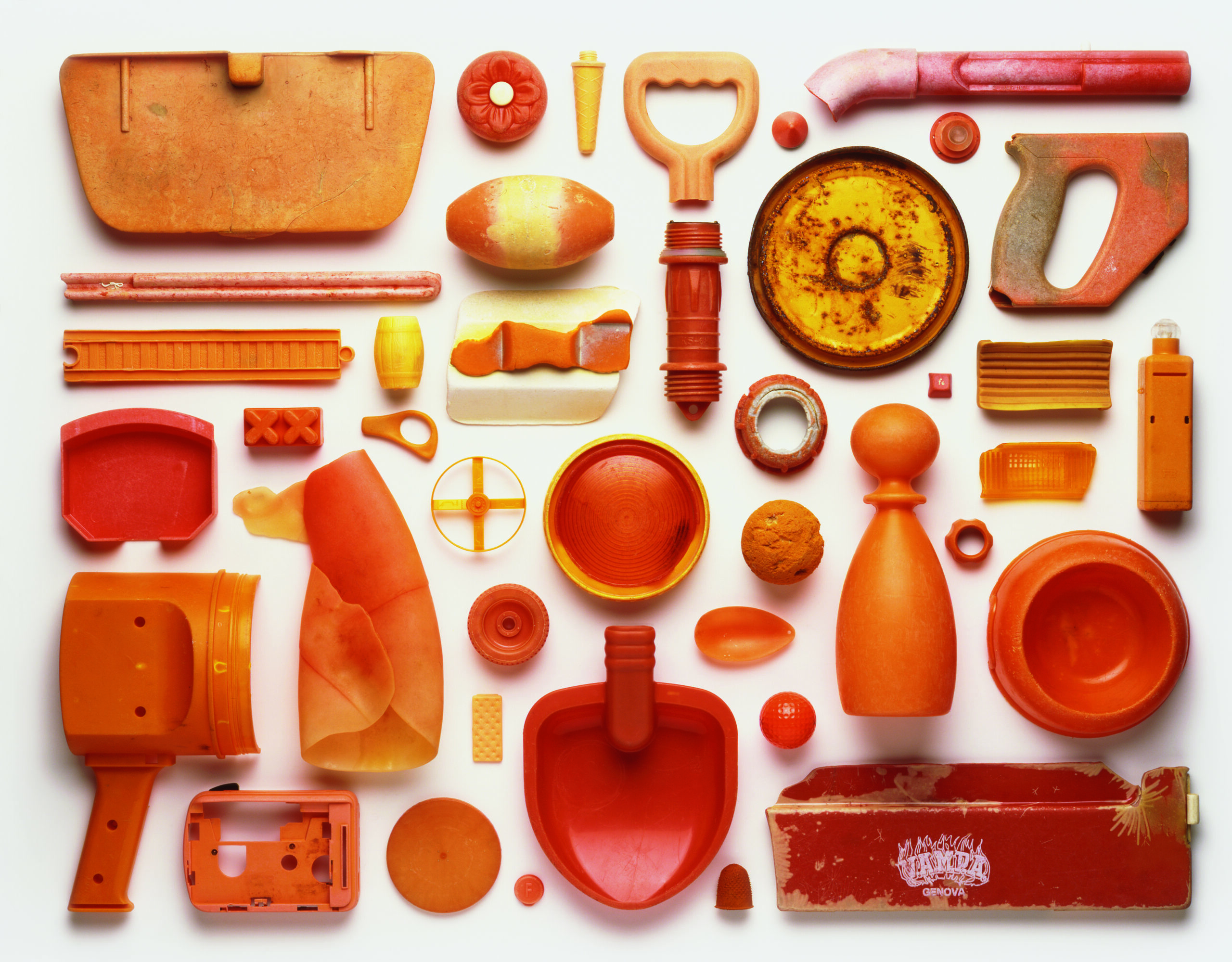
And then on the opposite end of the food system, there’s the fact that in a grocery store, where most people are buying their food, everything is increasingly being wrapped in plastics. It’s got to the point where it’s almost like we can’t chop our own vegetables anymore, right? You go to the store, and things are already pre-packaged. Many people don’t realise that the wrapping of food in plastic leads to the infiltration of microplastics into the food that they’re then going to ingest.
The Common Table: There have been reports in the media of plastics found in bottled water, seafood and food packaged in plastic, but what other parts of the food system contain significant levels of plastic? Are some of them perhaps surprising from a consumer point of view?
Sherri A. Mason: I think most people aren’t aware that plastics are kind of like our skin. Skin is constantly shedding little skin cells into the environment. The vast majority of household dust is composed of skin cells. The last decade of research has shown that plastics are constantly shedding microplastics into the food that they wrap around.
The most prominent example of this is bottled water, which has been shown to have over 240,000 nanoplastics per litre. It’s the same case with cheese, meat or yoghurt that’s wrapped in plastic. It doesn’t matter what the food is. If it’s wrapped in plastic, it contains plastic. So throughout the food system, at every single step, plastic is being increasingly included as part of that process, and therefore becoming increasingly prominent within the food that we ingest.
It doesn’t matter what the food is. If it’s wrapped in plastic, it contains plastic.
I don’t know that we have good numbers on which parts of the food system are more significant than others, but it is definitely one of the research frontiers with regard to plastic pollution and contamination.
The Common Table: Is it futile to think about trying to remove them from our food system, then?
Sherri A. Mason: No, absolutely not. We had society before plastic. In the 1930s, ‘40s, ‘50s and ’60s, plastic was not a very prominent material. It wasn’t until after WWII that it started to gain traction as a consumer item, but even then, it didn’t immediately catch on for most consumers. Initially, consumers thought of plastics as tacky and cheap. It had a very negative connotation. Then, over time, with marketing, that perspective has changed, and now there’s this mentality that we can’t live without plastics.
I’m not completely anti-plastic, I’m anti-stupid plastic. This pervasiveness of plastics is absolutely not necessary. We can have a food system in which plastics do not play an essential part.

The Common Table: What happens if we shift to these so-called bioplastics? Are they really any different to petrochemical plastics?
Sherri A. Mason: Bioplastics is a generic term for a very large suite of plastics, some of which actually come from fossil fuels, some of which come from plants. These are all marketed as though they biodegrade, though many do not. Even those that do still contain the same synthetic chemicals, which have been shown to be harmful to human health, as conventional plastics. I do think, at some point, bioplastics will be one solution to the plastic pollution issue, but we are not there yet; more work needs to be done.
I do think, at some point, bioplastics will be one solution to the plastic pollution issue, but we are not there yet.
The Common Table: How bad are plastics for our health?
Sherri A. Mason: Of the 16,000 chemicals that are used in plastics production, only about 25 per cent have been tested for human health impacts, and most of those have been shown to have significant negative effects. They affect the endocrine system, which is the hormone system controlling every function of an organism’s operations, as well as being carcinogens, neurotoxins and other things like that.
Again, we are very much in the early stages of understanding the human health impacts, especially with the rapidly escalating prominence of plastics within the agricultural systems. But with all the data that has been coming out over the last few years. None of it is good.
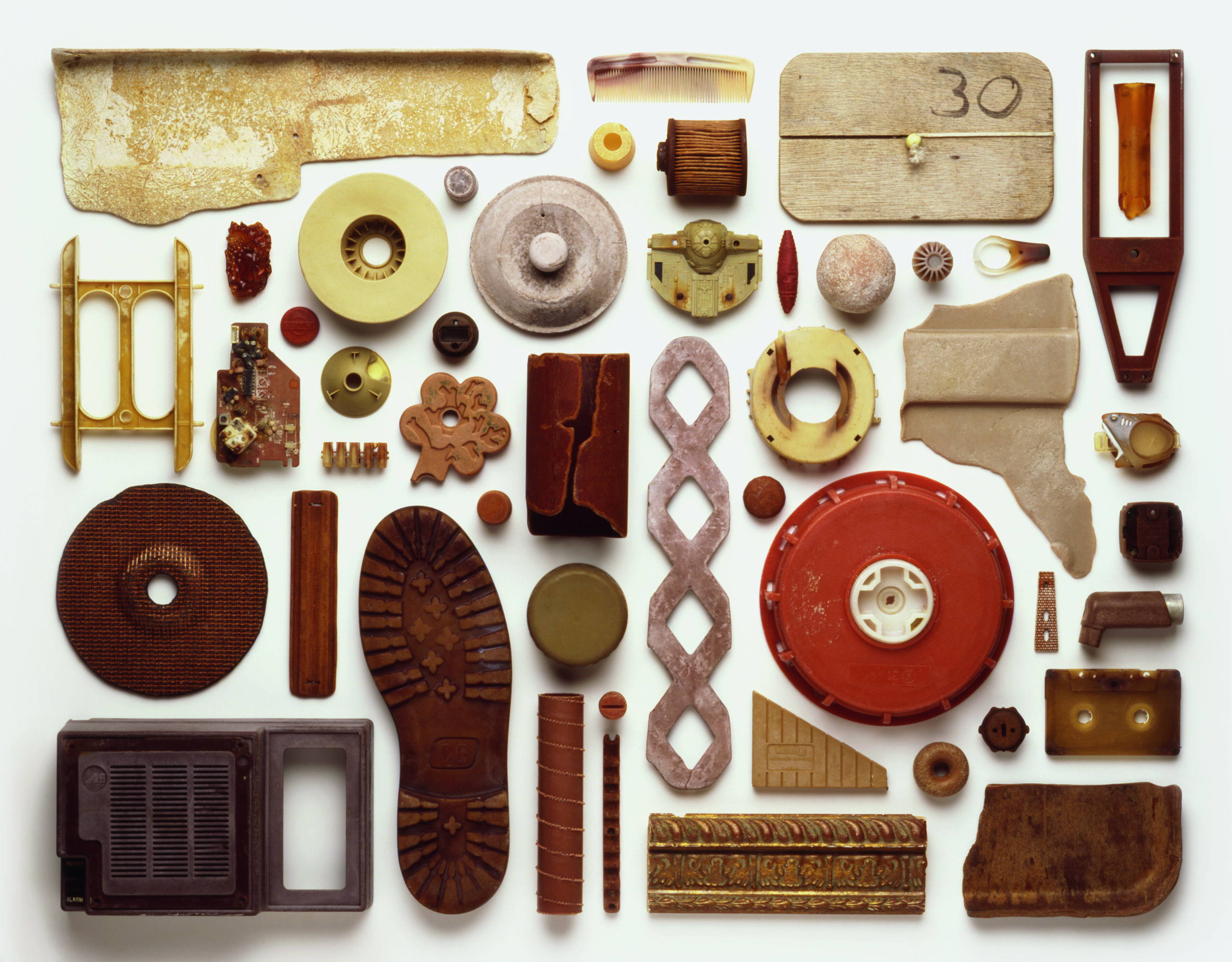
The Common Table: If we eat food contaminated with microplastics, is the effect on our bodies cumulative, or do they just pass through us?
Sherri A. Mason: It depends upon the size and shape of the particle. The smaller the particle, the bigger the impact. Some will pass through us; they have been found in human faeces. Any particle that is smaller than 100 nanometers, which is basically the width of a human hair, can make its way across our gastrointestinal tract. Then they can be carried through our blood to impact any organ; liver, kidneys and so on.
They’ve even been shown to make their way across the placental boundary in pregnant women, into the fetus. They have been shown to make their way across the blood-brain barrier and end up in our brains, where they’ve been associated with various neurological disorders like Alzheimer’s and Parkinson’s and other neurodegenerative diseases. Within the gut itself, they’ve been associated with various increases that we’re seeing in digestive diseases.
Researchers comparing brains from 2014 to ones from 2024 saw a 50 per cent increase in the amount of microplastics found within them.
There’s a really interesting study comparing human brains that were preserved at different times. Researchers comparing brains from 2014 to ones from 2024 saw a 50 per cent increase in the amount of microplastics found within them. There also seem to be indications that our older populations have more plastic within them than our younger populations. So it’s definitely cumulative. Having said that, children are more exposed to micro- and nanoplastics. Especially babies, because they crawl around on plastic carpets, they have plastic toys that they put in their mouths and chew on, and even some baby food comes in plastic sachets with a little plastic nipple that they suck and chew on.

The Common Table: How much is known about how they are affecting our interior and exterior microbiomes?
Sherri A. Mason: As I mentioned before, we do know that they’re affecting the microbiomes within our gastrointestinal tract, and that’s leading to increases in various digestive diseases. They also seem to be influencing the microbiomes within the soil, which can lead to, for example, an increase in greenhouse gas emissions from soil, a decrease in the ability of soil to retain water and nutrients. Research is revealing an increasing amount in that field, and again, none of it is really positive.
The Common Table: Is there any significant legislation happening anywhere to prevent the increase in the production of plastics, or even ban them?
Sherri A. Mason: You may have heard that there was an international endeavour, through the United Nations, to create an international policy on plastics reduction. It was supposed to be completed by December 2024, but after meeting five times over the course of, I think, 18 months, they could not come to a resolution. This was largely because countries like the United States, for which plastics are a major industry, did not want to include policies on the production of plastics.
They thought of plastic pollution as only happening at the end of the life cycle of plastics, rather than recognising that plastic pollutes along every single step of its life cycle, from the moment it’s extracted as a fossil fuel. It is refineries that produce the starting blocks of plastics that are typically shipped as these pre-production plastic pellets known as nurdles.
Plastic pollutes along every single step of its life cycle, from the moment it’s extracted as a fossil fuel.
These nurdles are shipped from a refinery to places where they’re turned into products, and along the way, they get lost during that transport. This is not just through transport accidents like containers falling off ships, but also in how they’re transported or extracted from rail cars into trucks and from trucks into silos. I know this because I live in a community in which we have 15 different plastics manufacturers. If you look under the silos and under the train cars, nurdles are just lost by the millions.
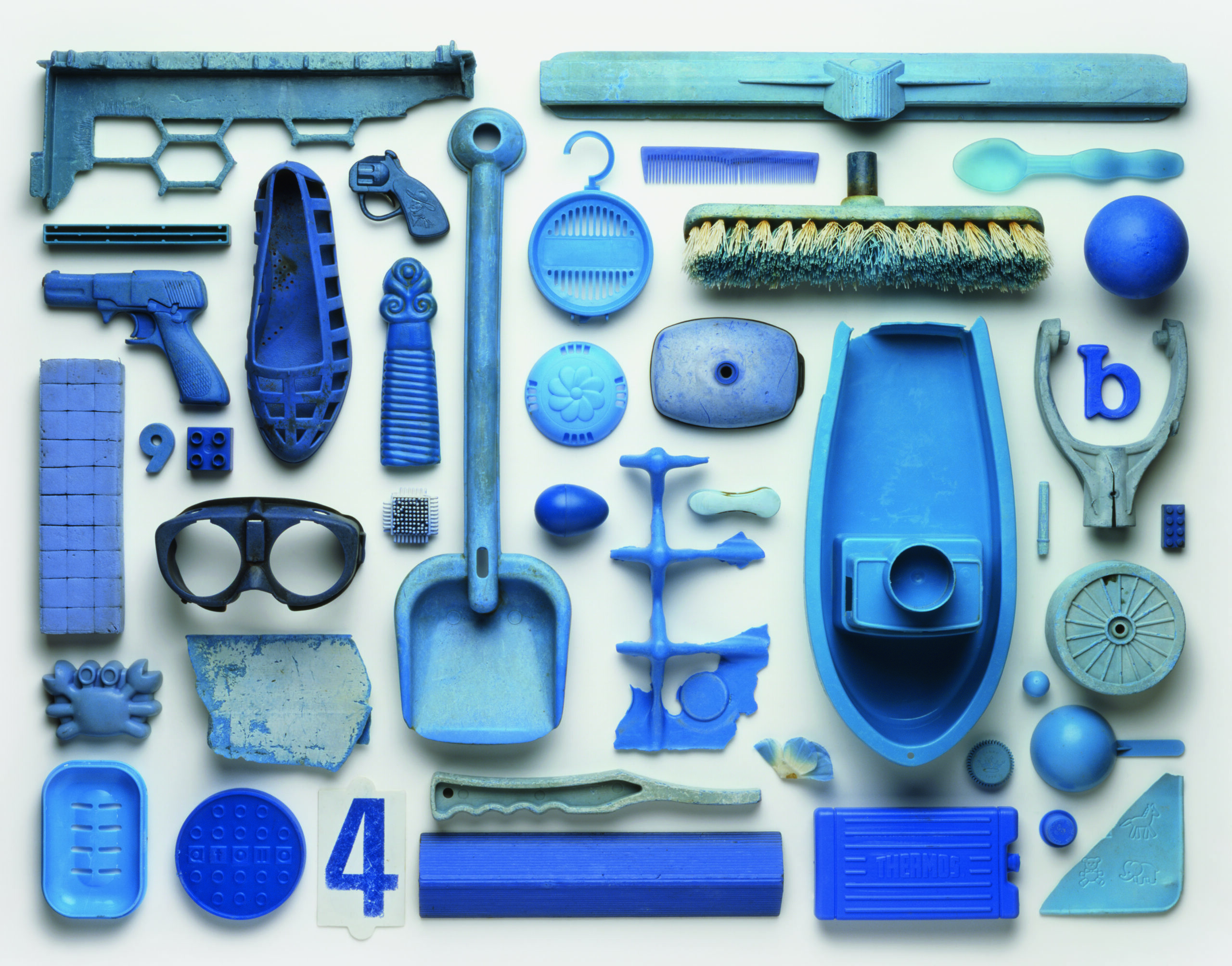
There have been some attempts at legislation in the United States. The Break Free from Plastic Pollution Act has been introduced into Congress three or four times now, but hasn’t made significant progress. And again, a big reason for that is the lobbying efforts of the fossil fuel industry. As dependency on fossil fuels within the transportation and industry sectors lessens, due to electrification, fossil fuel companies are increasingly investing in plastics as their Plan B.
As dependency on fossil fuels within the transportation and industry sectors lessens, fossil fuel companies are increasingly investing in plastics as their Plan B.
So, we’re having a hard time there in terms of banning them absolutely. But there are many places that have started to ban straws and other single-use plastic items. Canada as a country did it. France has done it. And within the United States, I think eight states have now introduced statewide bans on particular single-use items, among them California, of course, but even Minnesota, Wisconsin and Maine, to name a few others.

The Common Table: Are there any food production or cultivation projects you know of that have found effective ways to minimise the presence or accumulation of microplastics in their produce?
Sherri A. Mason: No, I don’t actually know of any – apart from the obvious way, which is if you use less plastics in your process, there will be less microplastics in your produce.
Sherri A. Mason is a chemist and a leading researcher in freshwater plastic pollution. She earned her bachelor’s degree from the University of Texas at Austin and completed her doctorate in Chemistry at the University of Montana as a NASA Earth System Science scholar. Her research group was among the first to study the prevalence and impact of plastic pollution within freshwater ecosystems. She currently serves as the Director of Project NePTWNE at Gannon University. Dr Mason’s work also formed the basis for the Microbeads-Free Water Act, which was signed into law by President Obama in December 2015. Similar legislation has been approved or is being considered at various locations internationally.
Cover image: Detail from “Strand” by Stuart Haygarth, commissioned by University College London Hospitals for the Macmillan Cancer Centre, 2012. © Stuart Haygarth
